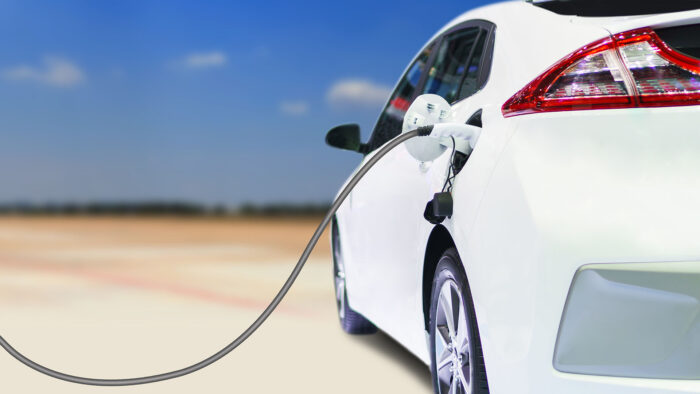ASD use in Light Electric Vehicles
Despite rising costs of gas and tightening government regulation of vehicle emissions, Light Electric Vehicles (LEVs) have yet to gain widespread acceptance by consumers. Nonetheless, electric motors are already far more efficient at delivering power from the motor to the road than their gas burning counterparts are. The problem is that it still takes a lot of battery power to enable electric motors to deliver the torque normally expected from the average driver. Higher torque can be achieved by adding extra battery power, but extra batteries mean extra weight and higher cost at the expense of overall efficiency. One key component that could improve LEV performance is a lightweight, compact transmission to assist the electric motor in delivering an acceptable driving experience. The Orbital Mechanical Adjustable Speed Drive (ASD) is capable of providing just that.
The ASD is a unique, rolling traction ASD that smoothly shifts between an infinite number of drive ratios without the weight, complexity and inefficiencies of a normal automatic transmission. Its compact design allows a wide variety of drive train design options.

Optimizing Efficiency and Performance with the ASD
Orbital Mechanical Adjustable Speed Drive are able to adjust the ratio between their input and output speeds like geared transmissions do, but they do so in a “step-less” manner with the following benefits:
Performance, efficiency and drivability can all be improved in LEVs designed with the ASD. Improved acceleration, higher top speeds and extended driving range due to optimized battery management all combine to significantly address key problems preventing the widespread adoption of Light Electric Vehicles.
